Newsblog
Charismatic wooly residents - Patagonia part VIII
Wednesday, 29 March 2017
The guanaco is a member of the biological family Camelidae (like camels) and can be spotted quite often in Patagonia, which is the mammal’s main habitat. These lovely and often cheeky-looking animals are actually the origin of the domestic llama. Although there are lots of areas where you won’t see just one of these guys for days, there are locations where they can be seen pretty often and sometimes also in larger herds. The open lands of Torres del Paine National Park are a good place to find guanacos as well as the vast Pampas (or Pampas-like landscapes) of the endless open Patagonian spaces. With a size standing between 1 and 1.2 m at the shoulder and a weight between 90 and 140 kg the animals are actually rather tall and can also make a great subject from the far distance.
f22, ISO1250, -1EV, 1/80sec., 24mm
(Again I would like to enclose a 50% and 100% crop here.)
Finally I can only say, that I’m very much looking forward to all the new adventures in 2017. Hope you too :)
Once again I have to say, that I always deeply enjoy my time in the kingdom of these fantastic mammals. Although it can be pretty exhausting sometimes I’m already very much looking forward to my next ibex trip. Hopefully I can manage to do this as intended. … thank you very much everyone for your interest, hope you liked these series!
These crystals accompanied us during our whole walk through the forest, they were shimmering in different colors and together they looked like a piece of a rainbow. Later, as we left the forest and reached an open meadow, we noticed that there was a huge stunning halo around the sun which we couldn't see in the woods. But all the crystals we walked through before were actually the sun dog at the bottom of the halo. Nature's magic at its best. And since trees and forest always seem a little bit magical to me, I tried to capture the magic of the sun dog crystals together with the magic of the woods.
Since the large majority of the remained wildlife in Central Europe is extremely shy and one can be happy to catch a glimpse of an free living animal, it’s really a great experience and awesome opportunity to spend countless hours with these rather relaxed ibexes of this particular area free of hunting. So I could witness how they spend their days and how their natural behavior looks like.
Now there is one more part left, I will probably put online tomorrow. Have a nice day, see you soon!
Workshop results
Tuesday, 7 November 2017
Today I'm pleased to display some images the participants of my latest workshop, which I led around Upper Austria's Lake Almsee mid October, took during this particular day. So, please notice, that all photographs shown in this blog post are not mine. We've been a small group of four people and I was lucky enough to spend the day with three great and motivated photographers named Ulrike, Peter and Wolfgang. To our great pleasure we were blessed with wonderful (weather) conditions most of the time. Fall was on its peak and there was this thick morning fog, I was hoping for, which scattered later as the sun was already higher up and created an amazing scenery for a couple of minutes. As the fog finally vanished and the light got very harsh we've been already pretty eager for some coffee and so we decided to spend some relaxed hours in a nearby tavern where we had enough time for a abundant review of the images we took in the morning. After we all warmed ourselves up we went out to the lake again in the early afternoon and since the cloudless skies still challenged us with the harsh light, we tried our best to benefit from the current conditions by photographing some wild ducks from a very low angle towards the glittering water surface. Next we strolled around in the autumn woods to catch some colorful leaves illuminated by the sun and finally found some nice wildflowers which were still in bloom this time of the year. So, at this point we already had the opportunity to photograph landscapes, wildlife and plants before we focused on landscapes again later in the evening. Afterwards we made an other image review on the notebook (thank you Wolfgang!) and ended up taking some images of the Milky Way ;) Since this was actually a beginners workshop, I'm really delighted about the results and espcecially about their variety which stretches from classic landscapes to small flowers and even some bird images. You'll find three pictures taken by each participant in chronological order here. As far as I know Wolfgang is the only one who did some post processing, so all the images of Ulrike and Peter are actually straight out of camera.
Cozy days part II – Patagonia part III
Sunday, 12 February 2017
Today I would like to post my next set of images from Patagonia. I will show you the second half of a few photographs I took during our relaxed stay in Argentina‘s Lanín National Park around Christmas.
Autumn beat part I
Friday, 8 January 2016
Although winter actually hasn't really arrived here in Austria yet, I'm quite sure autumn is already over nevertheless. So, we're caught in a kind of no-man's-season now ;) … like in most years, actually. And due to the fact, that fall is gone, I can show some impression of the colorful and foggy season. Nothing more, nothing less. Enjoy!
Alpine ibexes part II
Monday, 15 June 2015
The High Tauern National Park is Austria‘s biggest, oldest and in my opinion wildest national park. It’s located in Carinthia, Tyrol and Salzburg and it includes the country’s highest mountains with more than 300 summits higher than 3.000m and 342 glaciers. But, of course, most important for my trip, there are about 1.200 alpine ibexes living in the national park.
Last but not least I would like to write some words about the last image of this post which you can see below. (Actually I would like to tell something about the story for every single image I take, but therefor I would need a ghostwriter.) I have to admit, I’m totally stoked about this particular shot. I love how many elements went together just perfectly in this seconds. This morning I was already quite exhausted. I couldn’t manage to get just one proper shot the day before, there were thunderstorms in the night, so I couldn’t find some sleep, and I wasn’t able to find the ibexes in the early morning. As I was already losing hope to find them before the light gets unappealing, I discovered them in an extremely beautiful area where I’ve never seen them before. Due to the thunderstorms they came down the mountain and spent the night in a less exposed place close to a mountain lake. As I finally discovered them and hiked into this terrain, I was able to get some nice images in wonderful morning conditions and this one is by far my favorite. But it was a little though to capture. The dynamic range between the skies and the still rather dark foreground was very wide and since I was shooting hand held wildlife pictures with quickly moving subjects I couldn’t do a HDR or use a GND filter. So, I’m happy I managed to do a proper exposure with no loss of any details in the highlights or shadows. But of course I had do adjust the bright and dark parts in post processing to bring back the colors and details. Beside that I had to close the aperture to get everything from the wildflowers in the foreground to the clouds in the background in focus, which caused a longer exposure. And of course the ibexes didn’t stay in this wonderful posing for a longer time ;) I ended up with only two frames at f22, ISO1250, 1/80sec. @ 24mm.
Although there are hundreds of flowers on these meadows it’s always a challenge to find some particular individuals which can make a pleasing picture. So I kindly ask you to overlook the fact, that you’ll probably find some flowers on two or even three images in the upcoming sets ;)
32 of 94

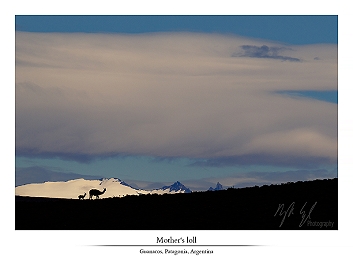





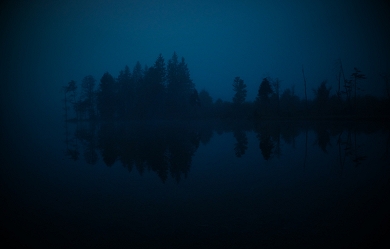
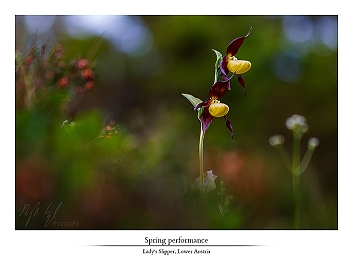
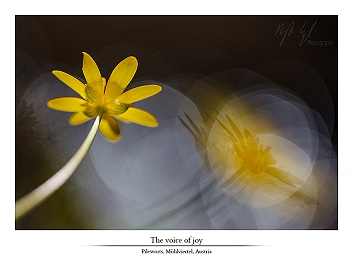



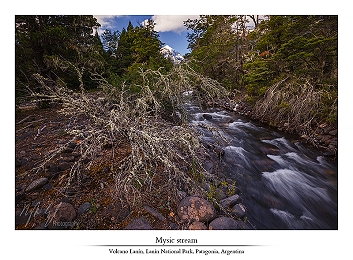
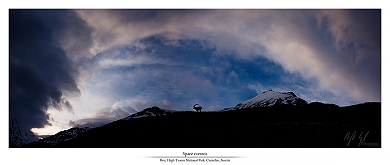


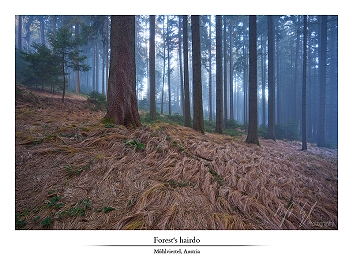

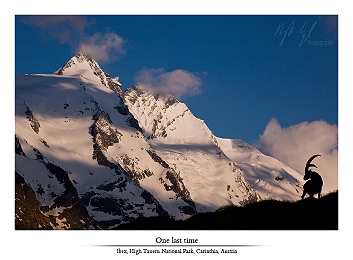
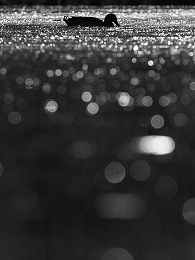




RK on